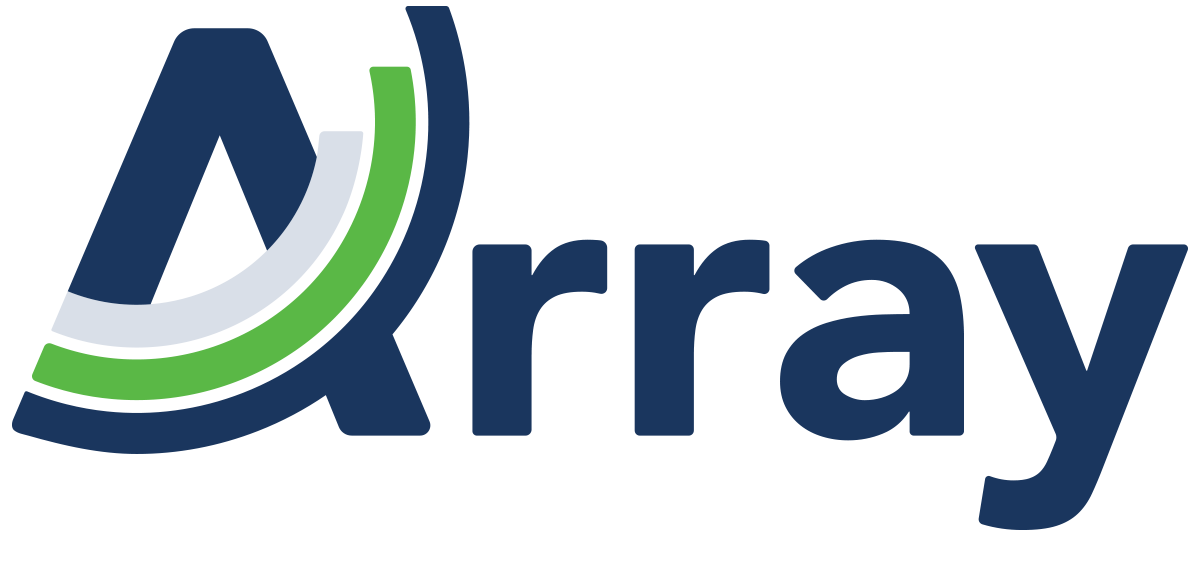An attachment is a meaty part of any email, right?
Well, maybe.
With companies heading in droves toward tools that store files online, the lines have gotten fuzzy.
Online storage means that, instead of attaching an important internal file to an email, employees can drop in a quick link. But they also can drop in links to random news articles, funny GIFs in their taglines, maps to socials, definitions of words or phrases, or a plethora of other drivel.
That means those big red boots memes can turn into a quagmire of potential headaches for companies trying to dig up relevant information during discovery.
A recent case made clear that courts wouldn’t waste time and money on searches for needles in virtual haystacks. Attachments seem clear cut as vital to the content of an email, but with links, it’s more of a coin flip, and that wasn’t a burden the court viewed as worth requiring. Given that ruling, there are several best practices that parties involved in eDiscovery must consider moving forward.
But first, it helps to understand the specifics of the ruling.
The case that drew attention to this evolving issue involved Noom, an app that uses psychological principles to help people lose weight. The fledgling company became a smash hit during the past several years, reporting surges in annual revenue and users.
But Noom landed in hot water over one of its growth strategies — offers of “risk-free” trial periods that turned into automatic renewals. The lawsuit accused Noom of tricking users into expensive renewals that were difficult to cancel.
During discovery, the plaintiffs realized that Noom employees often linked to internal files rather than attaching them in emails. The plaintiffs wanted access to these files, saying they were basically the same as attachments and should be provided as part of that document group. Noom agreed to provide certain requested documents but argued that the monetary and time costs of producing all the hyperlinked documents outweighed the needs of the case.
In the ESI protocol, the parties hadn’t specified hyperlinked documents as part of the “family groups” that needed to be produced all together. Embedded and attached documents are different from hyperlinks, the court said, because they aren’t necessarily vital to a communication in the same way as an attachment. They may be, but they may not.
Despite this kerfuffle, the parties eventually ended up settling. Noom denied wrongdoing, but the settlement amounted to $62 million.
Still, this incident should bring legal minds to attention — it is unlikely to be isolated. Noom was using Google’s office software products, and the number of businesses doing likewise is growing rapidly.
The number of paying businesses using Google Workspace products has passed 9 million, with 3 billion users, according to a recent company blog. That’s a significant jump from the reported 6 million businesses in early 2020. And to be sure, there are other apps and services where alternate types of attachments also could come into play.
These evolving tools streamline processes for businesses, avoid the need to transmit large electronic files, and allow multiple people to access and/or edit the same files. But for parties involved in legal cases, they mean new complexities.
That’s precisely why ESI protocol negotiations are so important. An effective, comprehensive agreement requires knowledge of evolving eDiscovery issues, as well as the ability to adapt.
Some basic tips can help when navigating this evolving, potentially thorny area:
- This deserves emphasis: Get expert help — early. It’s very difficult to stay current on this topic if it’s not your area of expertise. Involving a trusted and experienced eDiscovery vendor in ESI protocol talks can make a crucial difference.
- Seriously consider evolving technologies in eDiscovery. Ask your experts, and think through issues such as chat apps, AI technology, Zoom transcripts, and the various cloud-based storage services companies now use. For example, there likely have been different versions of cloud-based documents over time.
- Be prepared to thoroughly negotiate this issue up front. Discovery costs can climb; as much as possible, determine the boundaries before they do. Courts are more likely to look favorably upon early requests. For example, a party could request filepath metadata for hyperlinked documents. Traditional file paths don’t exist or are dubious, at best, in many cloud-based storage platforms. Agreeing to provide file path metadata may not be possible or extremely costly to obtain.
- Explore technology tools. The plaintiffs in the Noom case wanted Metaspike Forensic Email Collector; Noom was using Google Vault, which did not collect linked files. There are many different tools with different capabilities, depending on your discovery situation, so understand the benefits and limitations of the various options. Either way, come prepared with thorough evidence as to the difficulty, expense and time of the suggested tool.
- Hone your efforts. There may be thousands of irrelevant hyperlinks, but the court is more likely to side with you if you focus on obtaining the handful of most relevant ones. Remember — Noom succeeded in its response to the discovery request because of its argument about proportionality, costs and delay. Use this blueprint to your advantage.

